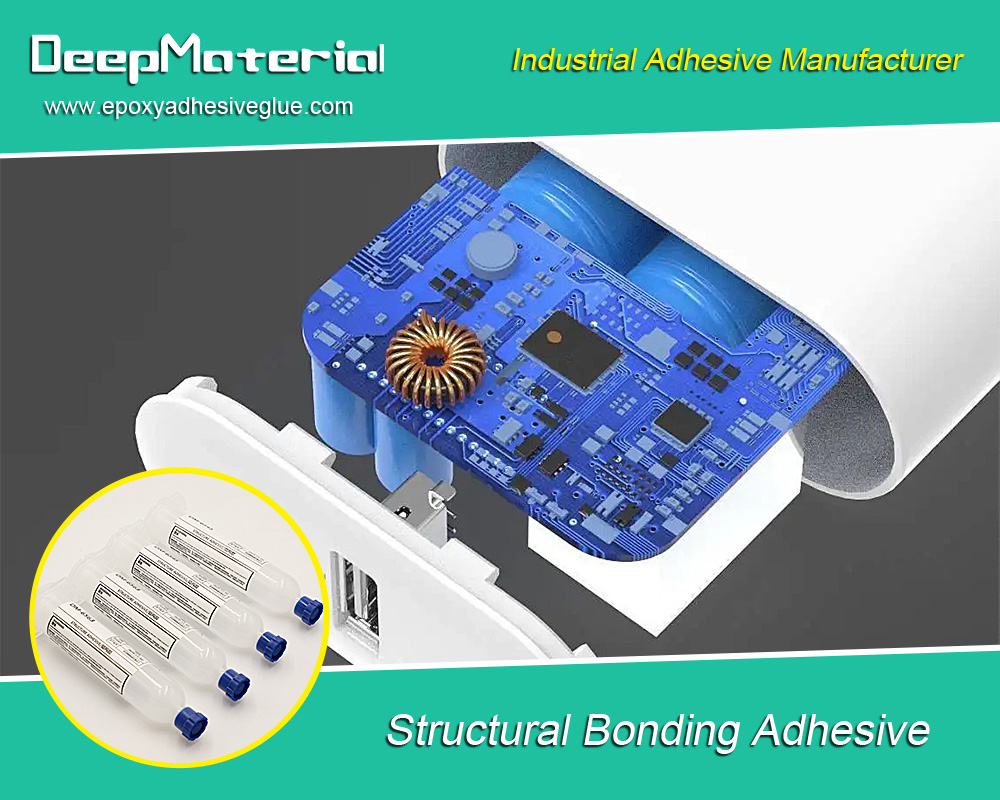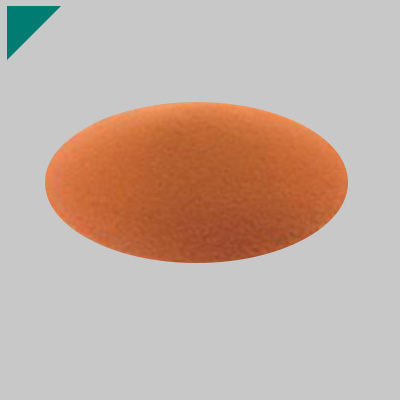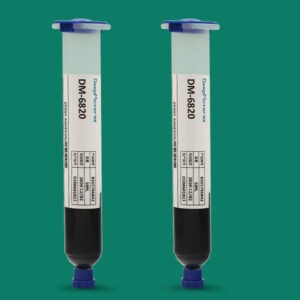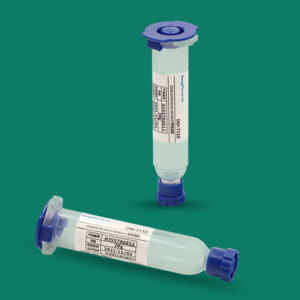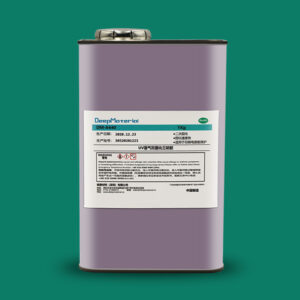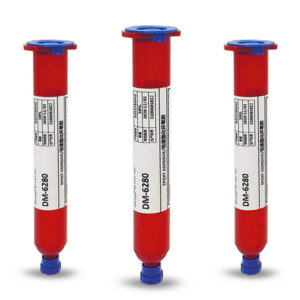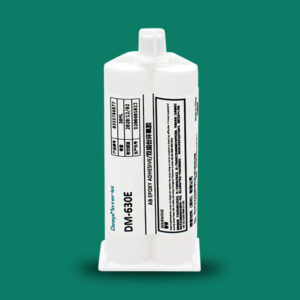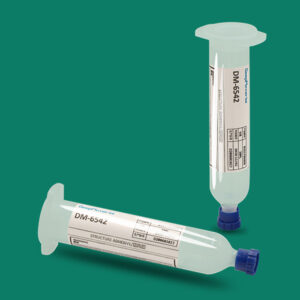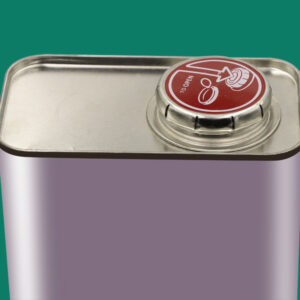Epoxy Flame Retardant Adhesive Is the Most Effective Stopping Fire at the Source!
Epoxy Flame Retardant Adhesive Is the Most Effective Stopping Fire at the Source!
In an era where fire safety is paramount across industries, epoxy flame retardant adhesives emerge as a critical innovation, designed to halt fires before they escalate. These adhesives, based on epoxy resins modified with flame-retardant additives, combine exceptional bonding strength with the ability to resist ignition, reduce flame spread, and minimize smoke production. Epoxy resins, typically derived from diglycidyl ether of bisphenol A (DGEBA), are inherently flammable, with a limiting oxygen index (LOI) around 19-26%, making them susceptible to combustion in high-risk environments. However, by incorporating flame retardants, these materials achieve UL-94 V-0 ratings, self-extinguishing properties, and significantly lowered heat release rates, effectively stopping fire at the source.
The urgency for such adhesives stems from escalating fire hazards in sectors like aerospace, electronics, and construction, where materials must endure extreme conditions while ensuring safety. For instance, in 2023 alone, industrial fires caused billions in damages worldwide, underscoring the need for proactive solutions. Epoxy flame retardant adhesives address this by integrating halogen-free, phosphorus-based compounds like 9,10-dihydro-9-oxa-10-phosphaphenanthrene-10-oxide (DOPO) and its derivatives, which not only enhance fire resistance but also align with environmental regulations banning toxic halogens. This article explores the composition, mechanisms, applications, advantages, standards, case studies, and future developments of these adhesives, highlighting their role in safeguarding lives and infrastructure.
Unlike traditional epoxies that burn readily, flame-retardant variants disrupt the combustion triangle—heat, fuel, and oxygen—through chemical and physical barriers. Their versatility as adhesives allows seamless integration into composite structures, coatings, and sealants, providing durable bonds that withstand thermal stress. As global standards tighten, the adoption of these adhesives is projected to grow, driven by advancements in bio-based and nanomaterial enhancements. By delving into their intricacies, we uncover how epoxy flame retardant adhesives are revolutionizing fire prevention.
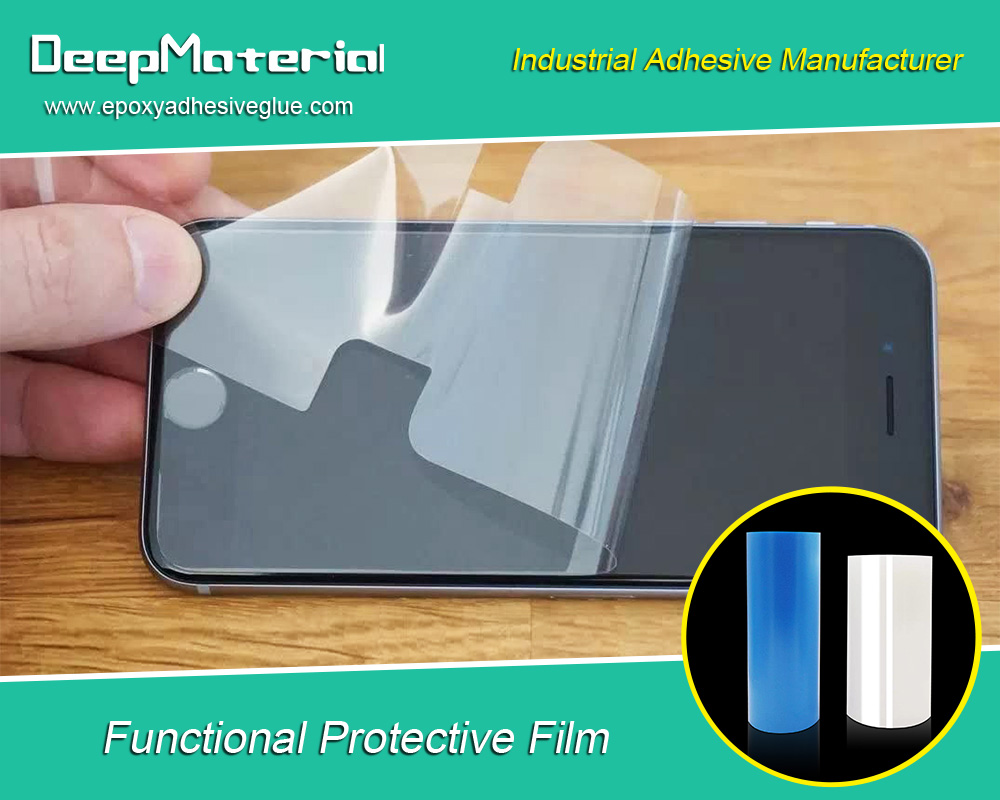
Composition and Properties
Epoxy flame retardant adhesives consist of a base epoxy resin matrix, curing agents, and specialized flame retardants, tailored for optimal performance. The core resin is often DGEBA or novolac epoxies, cross-linked with hardeners like 4,4’-diaminodiphenyl sulfone (DDS) or dicyandiamide (DICY) to form a rigid, thermoset network. Flame retardancy is imparted through additives categorized as phosphorus-based (e.g., DOPO, ammonium polyphosphate (APP), red phosphorus), silicon-based (e.g., polyhedral oligomeric silsesquioxanes (POSS), silica), carbon-based (e.g., graphene, carbon nanotubes (CNTs)), and inorganic fillers (e.g., aluminum trihydrate (ATH), layered double hydroxides (LDH)).
Phosphorus flame retardants dominate, with organic variants like DOPO-HQ or phosphate esters integrated reactively to prevent migration. Loadings range from 1-20 wt.%, often synergized with nitrogen (e.g., cyclophosphazene) or silicon for enhanced efficacy. For example, DOPO-POSS hybrids combine phosphorus’s radical scavenging with silicon’s char reinforcement. Bio-based options, such as cardanol or vanillin-derived agents, are emerging for sustainability, incorporating renewable phosphorus sources.
Properties of these adhesives include high thermal stability, with decomposition temperatures (Td5%) exceeding 300°C and glass transition temperatures (Tg) up to 139°C. Mechanical attributes like tensile strength (up to 490 MPa) and flexural modulus are preserved or enhanced, thanks to nanofillers like MXene or POSS that improve interfacial adhesion. Flame retardancy metrics show LOI values over 30%, reduced peak heat release rates (PHRR) by 45-70%, and total heat release (THR) drops of 25-76%.Additionally, they offer chemical resistance, electrical insulation, and low shrinkage, making them ideal for demanding bonds.
In adhesive formulations, viscosity is adjusted for easy application, with pot life extended via stabilizers. Commercial products like United Resin’s EL-CAST VFR PLUS, a filled, low-viscosity system, achieve UL-94 V-0 with no flame drip and excellent bonding to metals and composites. These compositions ensure a balance between fire safety and usability, outperforming unmodified epoxies in harsh environments.
Mechanism of Flame Retardancy
The flame retardancy of epoxy adhesives operates through gas-phase and condensed-phase mechanisms, effectively interrupting combustion. In the gas phase, phosphorus compounds like DOPO release radicals (e.g., PO·) that quench H· and OH·, halting chain reactions. Nitrogen additives generate inert gases like NH3, diluting oxygen, while halogens (though less favored) release radicals for similar effects.
In the condensed phase, char formation is key: phosphorus promotes carbonization, creating an insulating layer that blocks heat and oxygen. Intumescent systems, incorporating APP and melamine, expand to form foamy barriers, reducing volatile release. Silicon fillers like POSS enhance char stability, preventing oxidation, while nanomaterials such as graphene or CNTs form tortuous paths, slowing diffusion.
Synergistic effects amplify performance; for instance, phosphorus/silicon hybrids yield denser chars, reducing total smoke production (TSP) by 70%. ATH and magnesium hydroxide absorb heat endothermically, releasing water vapor to cool the substrate. In adhesives, these mechanisms maintain bond integrity during fire exposure, preventing delamination.
Testing reveals extended time to ignition (TTI) and lowered fire growth rates (FIGRA), ensuring the adhesive stops fire propagation at the source. This dual-action approach makes epoxy flame retardant adhesives superior for safety-critical applications.
Applications Across Industries
Epoxy flame retardant adhesives are indispensable in industries requiring robust, fire-safe bonding. In aerospace, they bond composite panels, cabin interiors, and engine components, withstanding high temperatures while meeting FAA standards. For example, carbon fiber-reinforced epoxies (CFRPs) with DOPO-grafted fibers enhance structural integrity in aircraft fuselages.
In construction, these adhesives seal fire doors, wall panels, and structural joints, preventing flame spread in high-rises. Intumescent variants enable debonding for disassembly, aiding recycling. Electronics utilize them for potting PCBs and encapsulating components, protecting against overheating in devices like LEDs and batteries.
Automotive applications include bonding EV battery housings and interior parts, reducing fire risks in crashes. In rail and marine, they secure flooring, seating, and engine room seals. Military uses encompass vehicle armor and electronics, while industrial manufacturing employs them in machinery enclosures handling flammables.
These adhesives also feature in tapes for bonding polyester, ABS, and metals, offering versatility in damping and masking. Their broad adoption underscores their efficacy in diverse, high-stakes environments.
Advantages and Comparisons
Compared to non-flame-retardant epoxies, these adhesives offer superior fire resistance, with LOI increases from 20% to over 40% and PHRR reductions up to 61%. They maintain mechanical properties, enhancing tensile strength by 15-30% via nanofillers, unlike brittle unmodified versions. Advantages include low smoke/toxicity, environmental compliance (halogen-free), and multifunctionality like corrosion resistance.
Versus silicone or acrylic adhesives, epoxies provide stronger bonds (shear strength >20 MPa) and better chemical resistance, though silicones excel in flexibility. Bio-based variants add sustainability, reducing VOCs. Drawbacks like higher costs are offset by longevity and safety benefits.
Standards and Testing
Compliance with UL-94 (V-0 rating: self-extinguishing in <10s, no drips) and LOI (>27% for self-extinguishing) is standard. Other tests include cone calorimetry for PHRR/THR, TGA for thermal stability, and ASTM standards for adhesion. Industry-specific norms like FAA for aerospace ensure reliability.
Case Studies
In a railway application, flame-retardant epoxies bonded aluminum substrates, achieving UL-94 V-0 and durable joints under vibration. An electronics case used EL-CAST VFR PLUS for potting transformers, withstanding surges without ignition. In composites, 15 wt.% PEI-APP in epoxy yielded LOI 29.5%, reducing THR by 76%, ideal for aerospace panels. Another study with DOPO-J-ESO and RH-SiO2 boosted impact strength 90%, applied in automotive adhesives. Intumescent systems enabled debonding of aluminum bonds post-fire exposure, facilitating repair.
Future Developments
Advancements focus on bio-based retardants like vanillin-derived agents for recyclable adhesives, achieving >90% property recovery. Nanomaterials such as MXene hybrids promise PHRR reductions of 64%, with applications in EMI-shielding bonds. Hybrid systems combining phosphorus and silicon aim for ultra-low loadings, enhancing eco-friendliness and performance.

Conclusion
Epoxy flame retardant adhesives represent a frontline defense against fires, blending safety with superior bonding. Their evolution continues to address global challenges, ensuring a safer future.
For more about epoxy flame retardant adhesive is the most effective stopping fire at the source, you can pay a visit to DeepMaterial at https://www.epoxyadhesiveglue.com/category/epoxy-adhesives-glue/ for more info.


